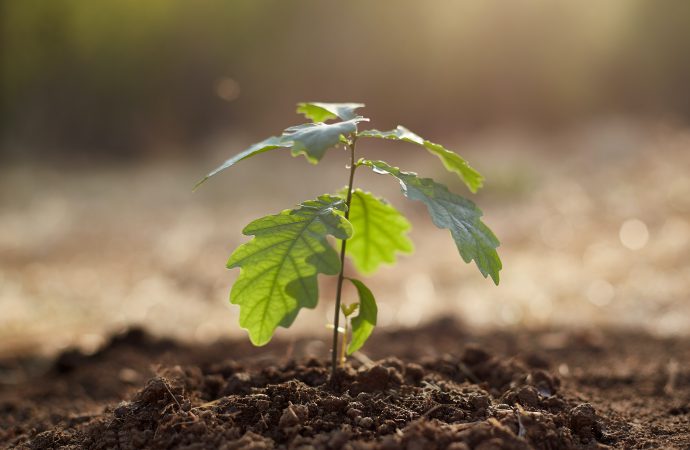Subtitle: Cultivating a Green Thumb and Environmental Stewardship from an Early Age By [Your Name], Staff Writer [City], [Date] – In an era dominated by screens and virtual realities, finding ways to reconnect children with the natural world has become increasingly important. One activity that holds the potential to inspire a lifelong love for the
Subtitle: Cultivating a Green Thumb and Environmental Stewardship from an Early Age
By [Your Name], Staff Writer
[City], [Date] – In an era dominated by screens and virtual realities, finding ways to reconnect children with the natural world has become increasingly important. One activity that holds the potential to inspire a lifelong love for the outdoors is gardening with kids. As children get their hands dirty, plant seeds, and watch their efforts bloom, they not only cultivate a green thumb but also develop a deep appreciation for the environment around them.
Gardening offers a host of benefits to children, both in terms of their physical and emotional well-being. It provides a multi-sensory experience, allowing them to explore the textures, smells, and tastes of different plants. Scientifically, it has been proven that exposure to nature reduces stress, anxiety, and attention deficit disorders while enhancing cognitive abilities and motor skills.
Research has shown that children who engage in gardening tend to develop a stronger sense of responsibility and environmental stewardship. By witnessing firsthand the life cycle of plants, they grasp the concept of nurturing and understand the importance of caring for the planet. These early lessons lay a solid foundation for a sustainable future.
To truly nurture nature and instill a love for the outdoors, it’s essential to make gardening a fun and interactive experience. Here are some practical tips for parents, educators, and community leaders to engage children in gardening:
- Create a child-friendly garden: Designate a specific area where children can have their own garden space. Use colorful and easy-to-grow plants, provide child-sized tools, and make sure there’s enough space for exploration and play.
- Hands-on involvement: Encourage children to actively participate in all aspects of gardening, from sowing seeds to watering, weeding, and harvesting. This involvement gives them a sense of ownership and pride in their accomplishments.
- Connect gardening to learning: Incorporate educational elements into gardening activities. Teach children about the life cycle of plants, the importance of pollinators, and the impact of weather and seasons on gardening.
- Foster creativity: Allow children to express their creativity by designing their garden layout, creating garden art, or building simple structures like trellises or scarecrows. These activities promote critical thinking and problem-solving skills.
- Cultivate curiosity: Encourage children to ask questions, explore different plants, and learn about the diversity of the natural world. Visiting local botanical gardens, nature reserves, or inviting guest speakers can further nurture their curiosity.
- Embrace sustainability: Teach children about sustainable gardening practices such as composting, water conservation, and using organic methods to control pests and diseases. This helps them understand the interconnectedness of nature and the importance of preserving it.
- Share the harvest: Celebrate the fruits of their labor by organizing harvest parties or donating excess produce to local food banks or community initiatives. This cultivates a sense of giving back and caring for others.
By engaging children in gardening, we not only expose them to the wonders of nature but also empower them to become active participants in shaping a greener, more sustainable future. Their experiences in the garden lay the groundwork for a profound connection with the environment that can extend beyond their childhood years.
As the saying goes, “The love for gardening is a seed once sown that never dies.” Let us nourish this seed within our children and watch it blossom into a lifelong love affair with nature.
[End of Article]
Disclaimer: This article is meant for informational purposes only and should not be considered professional advice.

















Leave a Comment
Your email address will not be published. Required fields are marked with *